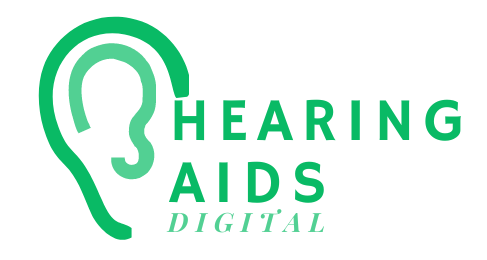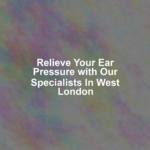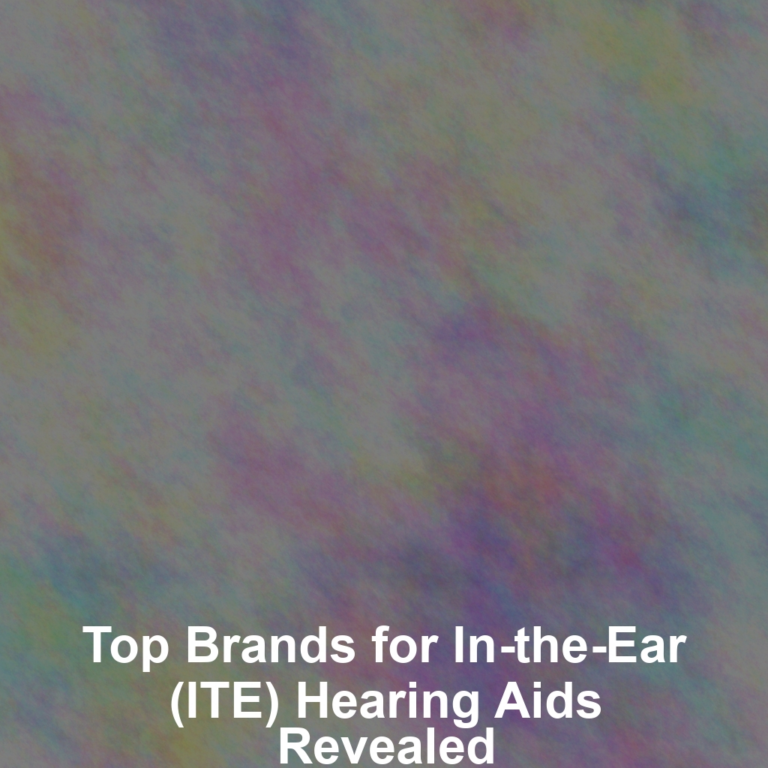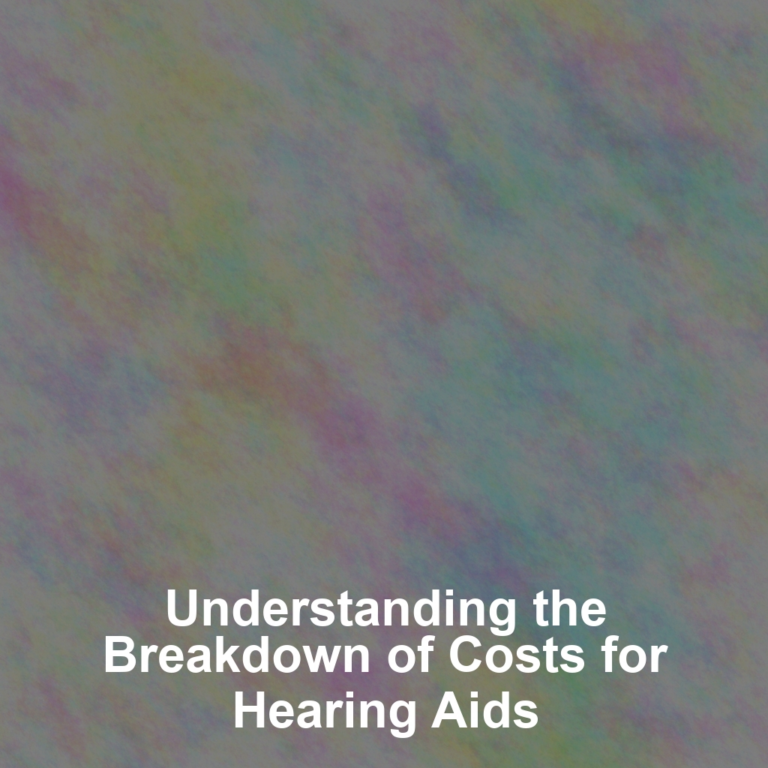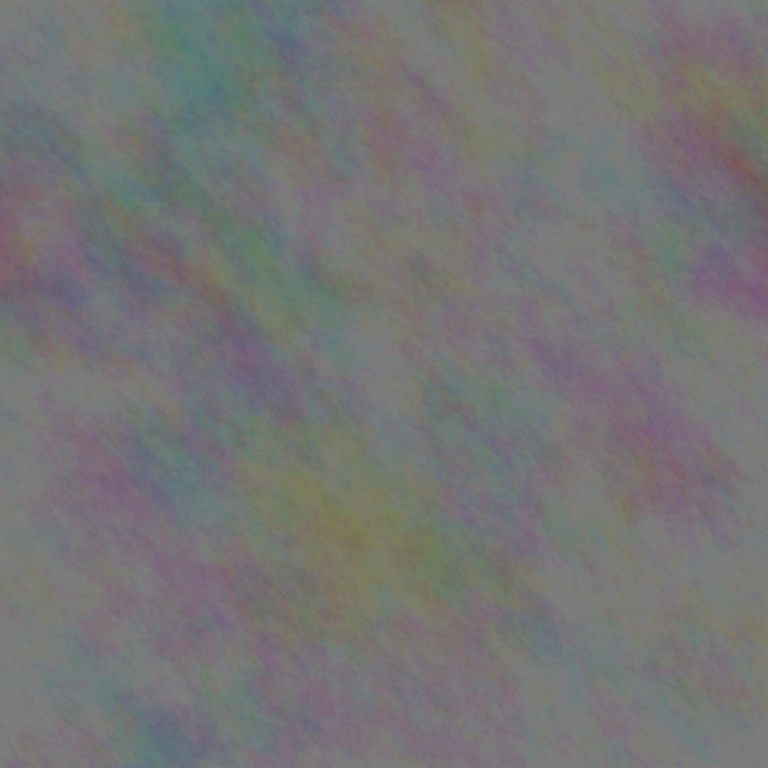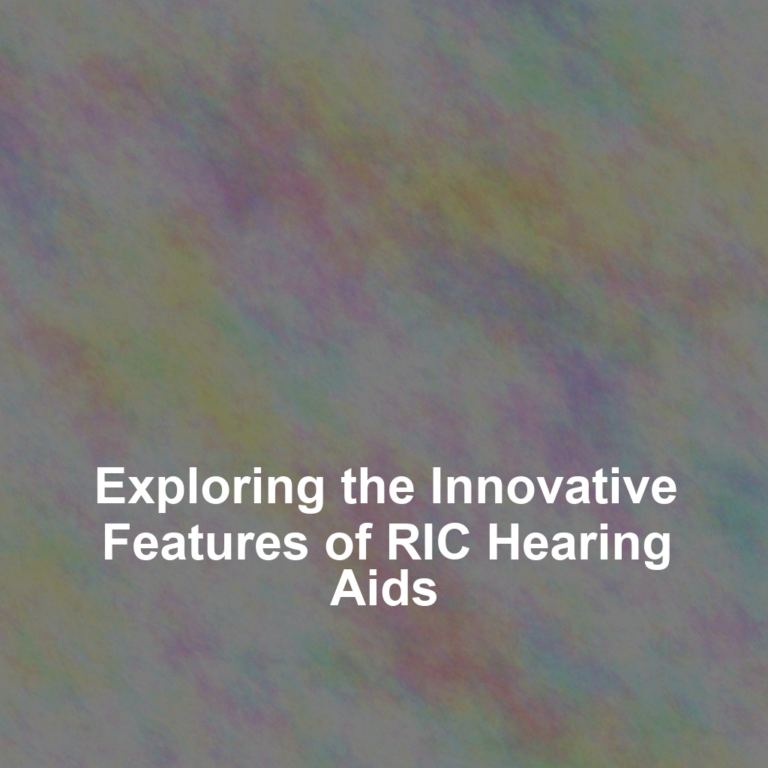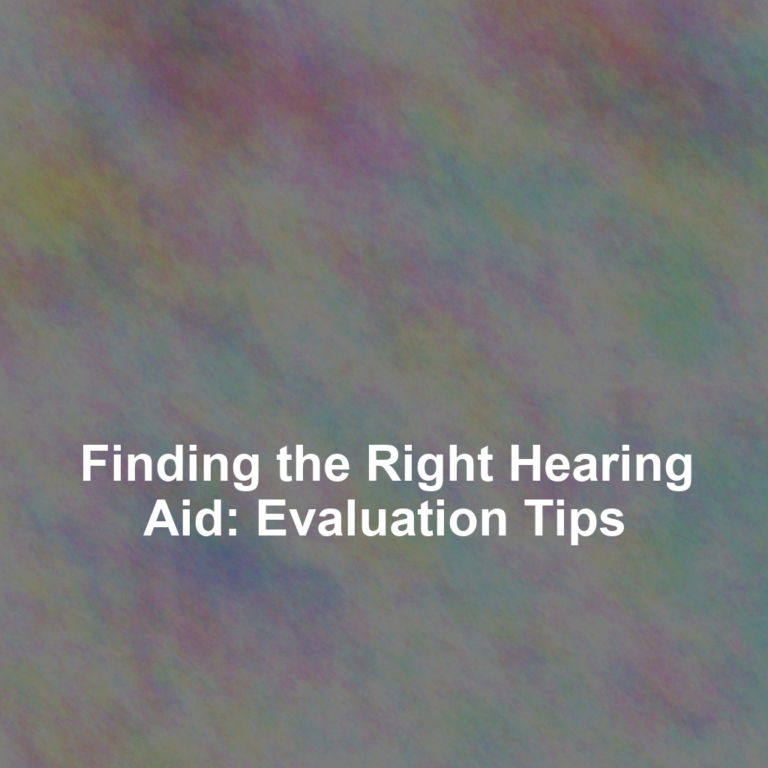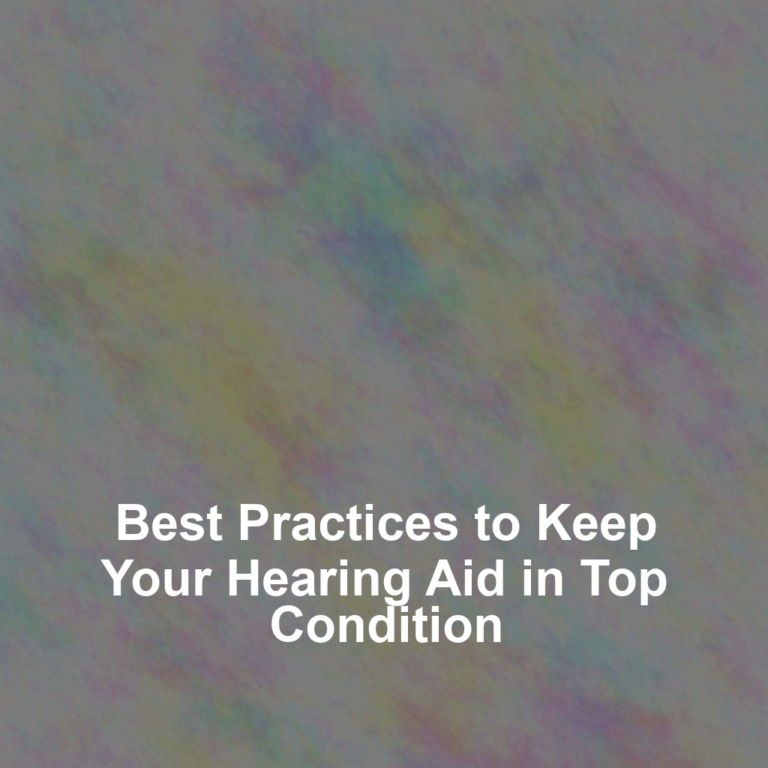Last Updated on 8th April 2025 by Admin
Ear wax, scientifically termed cerumen, is a naturally occurring substance produced by the ear to shield its intricate structures from dirt, debris, and harmful infections. While ear wax plays a vital role in maintaining ear health in moderate amounts, excessive accumulation can result in discomfort, hearing impairment, and various complications. To effectively manage such issues, a variety of ear wax removal techniques exist. Among these, microsuction stands out as a modern and efficient method for alleviating this common concern.
Discover the Advantages of the Microsuction Ear Wax Removal Procedure
Before delving into the potential risks associated with ear wax removal, it is essential to grasp the mechanics involved in microsuction. This procedure is widely regarded as safe and effective, conducted by qualified healthcare professionals who specialise in the removal of excessive ear wax. Employing a specialised suction device, microsuction gently and effectively extracts wax from the ear canal. Performed in a sterile environment, this technique significantly minimises the risk of infection, providing a secure experience for patients seeking relief from discomfort caused by ear wax accumulation.
Microsuction offers numerous advantages over traditional ear wax removal methods. It provides enhanced visual clarity of the ear canal, thereby allowing for precise wax removal while protecting the delicate structures of the ear. The combination of a microscope and a small suction tube enables trained audiologists or ENT specialists to execute the procedure with accuracy. Furthermore, the entire process is usually quick, typically lasting between 15 to 30 minutes, making it an ideal solution for individuals with busy lifestyles.
Identify the Risks Associated with Microsuction Ear Wax Removal

Although microsuction is generally perceived as a safe procedure, it is crucial to be aware of certain risks that may arise. Recognising these potential hazards is essential for making informed decisions regarding ear wax removal. The following are key factors that may heighten the risk associated with microsuction:
1. Risks Linked to Active Ear Infections
Individuals suffering from an active ear infection should avoid microsuction. The procedure could aggravate the infection or potentially spread it to other areas of the ear. It is of utmost importance to address and treat the infection first, in conjunction with consulting a healthcare professional, before considering any ear wax removal methods.
2. Dangers Posed by a Perforated Eardrum
A perforated eardrum, also known as tympanic membrane perforation, can complicate microsuction procedures. The suction pressure applied during the procedure may further damage the eardrum or lead to severe complications. If there is any suspicion of a perforated eardrum, seeking immediate medical advice prior to considering any ear wax removal procedure is essential.
3. Important Considerations for Individuals with a History of Ear Surgery
Individuals who have undergone recent ear surgeries or have a history of such procedures should consult with their healthcare provider before deciding on microsuction. The procedure may risk reopening surgical wounds or damaging healing tissues. It is vital to ensure that the ear has completely healed before considering microsuction as a viable treatment option.
4. Challenges Faced by Individuals with Naturally Narrow Ear Canals
Some people naturally possess narrow ear canals, which can complicate the safe execution of microsuction. In such instances, alternative methods—such as ear irrigation or manual removal performed by an otolaryngologist—may prove more suitable. Ear irrigation involves gently flushing warm water into the ear canal to dislodge and remove wax, while manual removal utilises specialised tools like small forceps or curettes. These alternative approaches can effectively eliminate ear wax without risking injury to the ear canal.
5. How Skin Conditions or Allergies Can Affect Microsuction
Individuals with skin conditions such as eczema or dermatitis, or those allergic to substances used during microsuction (including sterilising agents or lubricants), should inform their healthcare provider prior to the procedure. It is crucial to take necessary precautions to prevent adverse reactions or complications. Healthcare professionals must be aware of any underlying skin issues or allergies to ensure the patient’s safety and well-being during the procedure.
Investigate Safe Alternative Methods for Ear Wax Removal

For those who should avoid microsuction, various alternative methods are available for the effective and safe removal of excess ear wax. Here are some viable options:
-
Ear Irrigation: Often referred to as ear syringing or ear flushing, this method involves introducing warm water into the ear canal to dislodge and eliminate wax. It is a gentle, non-invasive technique that effectively addresses ear wax buildup for individuals who are unsuitable for microsuction.
-
Manual Removal by Specialists: An otolaryngologist or ear, nose, and throat specialist can perform manual removal of ear wax using specialised instruments such as small forceps or curettes. This method allows for precise wax removal and is particularly suitable for individuals with specific conditions that render microsuction unsafe.
-
Over-the-Counter Ear Drops: Various ear drops available at pharmacies can assist in softening ear wax, making it easier to remove naturally or through alternative methods. These drops generally contain substances like hydrogen peroxide or saline solution, which aid in breaking down the wax and facilitating its removal.
It is essential to consult with a healthcare professional to determine the most appropriate method for ear wax removal based on individual circumstances and medical history. They can evaluate the condition of the ears, assess any underlying medical issues or allergies, and recommend the safest and most effective ear wax removal approach accordingly.
Safeguard Your Ear Health: Evaluate the Best Ear Wax Removal Options
While microsuction is widely acknowledged as a safe and effective method for ear wax removal, certain individuals should refrain from this procedure due to specific medical conditions or concerns. It is imperative to carefully weigh the potential risks associated with microsuction and consult with a healthcare professional to explore alternative ear wax removal options. By prioritising these considerations, you can ensure the safety and health of your ears while maintaining optimal hearing abilities. Taking into account the individual’s unique circumstances and medical history is crucial in determining the most suitable approach for ear wax removal.
Commonly Asked Questions Regarding Ear Wax Removal
-
Who Should Avoid Microsuction for Ear Wax Removal?
Individuals with an active ear infection should refrain from microsuction. Additionally, those with a perforated eardrum, a history of ear surgeries, narrow ear canals, or skin conditions/allergies should consult with a healthcare professional before considering microsuction.
-
What Are the Potential Risks Associated with Microsuction?
The potential risks of microsuction include aggravating or spreading an ear infection, damaging a perforated eardrum, reopening surgical wounds, or harming healing tissues for individuals with a history of ear surgeries, and complications in safely performing the procedure for those with narrow ear canals.
-
What Are the Alternative Methods for Ear Wax Removal?
Alternative methods for ear wax removal include ear irrigation (ear syringing or flushing with warm water), manual removal by an otolaryngologist using specialised tools, and the application of over-the-counter ear drops to soften the wax.
-
How Should I Choose the Most Appropriate Method for Ear Wax Removal?
Consulting with a healthcare professional is essential for determining the most suitable method for ear wax removal based on individual circumstances and medical history. They will assess the condition of the ears, evaluate any underlying medical issues or allergies, and recommend the safest and most effective method accordingly.
Originally posted 2022-02-04 02:40:23.
